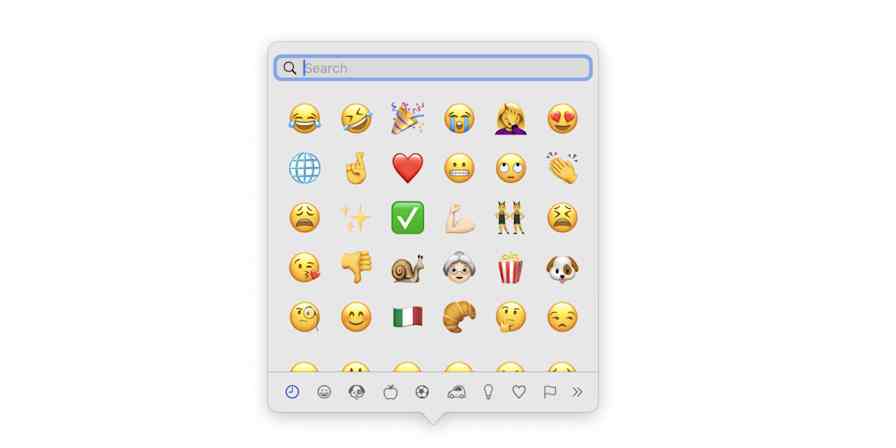Productivity tips
4 min readReadable vs. understandable: the importance of context
Just because something is readable, doesn't mean it's understandable. Context is an important part of understanding what you read.
By Michelle S. · December 30, 2021

Get productivity tips delivered straight to your inbox
We’ll email you 1-3 times per week—and never share your information.
Related articles
Improve your productivity automatically. Use Zapier to get your apps working together.









